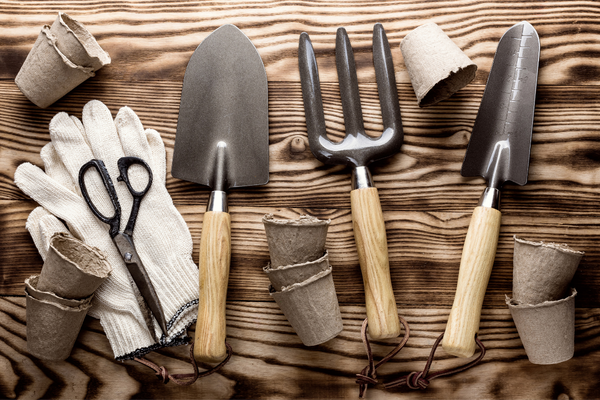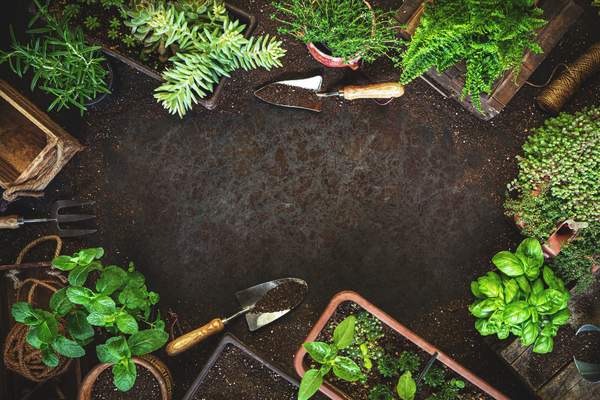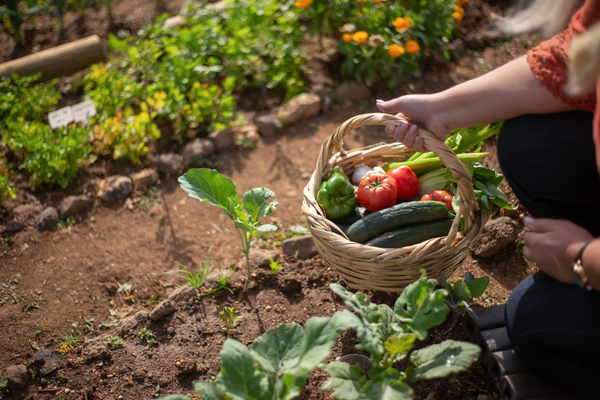Last Updated on March 22, 2023 by Lisa Vargas
In the face of natural disasters, economic instability, and global pandemics, the idea of self-sufficiency and security is more important than ever. While many people stock up on canned goods and other non-perishable items, survival gardening is an often-overlooked skill that can provide both food and peace of mind in uncertain times.
Survival gardening is not just a hobby or a way to save money; it is a critical skill that can help you feed yourself and your family in times of crisis. In this blog post, we will explore the basics of survival gardening, including how to get started, tips for success, and how to maximize your garden yield.
Getting Started with Survival Gardening

Before you can start growing your own food, you need to assess your gardening space and choose the right plants to grow. Here are some key considerations:
Assessing Your Gardening Space
To grow a successful survival garden, you need to have a space that receives plenty of sunlight and has good soil quality. Some key things to consider when assessing your space include:
- Sunlight: Most vegetables need at least six hours of sunlight per day to thrive, so make sure your garden plot gets plenty of sun. If you don’t have a sunny spot, consider container gardening or growing shade-tolerant plants like lettuce and spinach.
- Soil Quality: Good soil is key to a successful garden. Test your soil to see if it has the right pH balance and nutrient levels. Consider adding compost or other organic matter to your soil to improve its quality
Choosing the Right Plants to Grow
When it comes to survival gardening, not all plants are created equal. Some are hardier and more resilient than others, and some provide more nutritional value per square foot of garden space. Here are some things to think about when selecting plants:
- Nutritional Value: You want to choose plants that provide a good balance of vitamins, minerals, and other nutrients. Some good options include leafy greens, tomatoes, peppers, and root vegetables like carrots and potatoes.
- Resilience: Look for plants that are hardy and can tolerate a range of growing conditions. Some good options include beans, peas, and squash.
- Yield: You want to choose plants that provide a high yield per square foot of garden space. Some good options include zucchini, cucumbers, and pole beans.
Starting from Seeds vs. Buying Seedlings
One key decision you need to make when starting a survival garden is whether to start from seeds or buy seedlings. Starting from seeds is more cost-effective, but it can also be more challenging and time-consuming. Here are some things to consider:
- Cost: Starting from seeds is generally cheaper than buying seedlings, but you need to factor in the cost of materials like soil, trays, and grow lights.
- Time: Starting from seeds takes more time than buying seedlings, as you need to wait for the seeds to germinate and grow.
- Control: Starting from seeds gives you more control over the growing process, as you can choose the varieties of plants you want to grow and ensure that they are healthy from the start.
Essential Gardening Tools and Equipment
To grow a successful survival garden, you need the right tools and equipment. Some essential items include:
- Gloves: Gardening gloves protect your hands from thorns, blisters, and other hazards.
- Hand Trowel: A hand trowel is essential for digging small holes for seedlings and transplanting plants.
- Watering Can: A watering can or hose is essential for keeping your plants hydrated.
- Shovel: A shovel is useful for digging
- Rake: A rake is useful for smoothing out soil and removing debris.
- Pruners: Pruners are necessary for trimming plants and removing dead or damaged foliage.
Tips for Successful Survival Gardening

Once you have your gardening space set up and your plants selected, it’s time to start the actual gardening process. Here are some tips for success:
Soil Preparation and Fertilization
Good soil is key to a successful garden. Before planting, make sure to prepare your soil by tilling it and adding compost or other organic matter to improve its quality.
You should also fertilize your soil regularly throughout the growing season to ensure that your plants are getting the nutrients they need.
Water and Irrigation
Proper watering is essential for the health and growth of your plants. Most plants need about 1 inch of water per week, but this can vary depending on the weather and soil conditions. Make sure to water your plants deeply and regularly, and consider using drip irrigation or soaker hoses to conserve water and reduce the risk of disease.
Pest Disease and Management
If pests and diseases are not controlled, they can quickly devastate a garden. To avoid these problems, keep your garden clean and free of debris, and inspect your plants on a regular basis for signs of damage or disease. Natural pest control methods include companion planting and introducing beneficial insects such as ladybugs and praying mantises.
Harvesting and Storing Your Crops
When it’s time to harvest your crops, make sure to do so in a timely manner to prevent over-ripening and rotting. Some vegetables like tomatoes and peppers can be left on the vine to ripen, while others like lettuce and spinach should be harvested when they reach maturity. Once you’ve harvested your crops, store them in a cool, dry place or preserve them by canning, freezing, or dehydrating.
Maximizing Your Survival Garden Yield

To get the most out of your survival garden, there are some additional strategies you can use to maximize your yield:
Companion Planting for Optimal Crop Growth
Companion planting is a strategy where you plant two or more crops together that have complementary growing needs. Planting beans and corn together, for example, allows the beans to climb up the corn stalks while also fixing nitrogen in the soil for the benefit of both plants. Some other good companion planting combinations include tomatoes and basil, carrots and onions, and cucumbers and radishes.
Crop Rotation to Prevent Soil Depletion
Crop rotation is a strategy where you rotate your crops from year to year to prevent soil depletion and the buildup of pests and diseases. The idea is to plant crops from different plant families in different areas of your garden each year. For example, if you planted tomatoes in one area of your garden this year, you might plant beans or peas in that same area next year.
Using Raised Beds and Containers for Small Spaces
If you don’t have a lot of space for a traditional garden, consider using raised beds or containers instead. Raised beds are essentially large planters that sit above the ground, while containers can be anything from plastic buckets to old wheelbarrows. These options are great for small spaces like balconies, patios, and rooftops, and they can also be easier to maintain than a traditional garden.
Incorporating Livestock for Food and Fertilizer
If you have the space and resources, you might also consider incorporating livestock into your survival garden. Chickens are a popular option, as they provide both eggs and fertilizer. Goats and rabbits are also good options, as they can provide meat, milk, and manure for the garden.
Final Thoughts
Survival gardening is a critical skill that can provide both food and peace of mind in uncertain times. By following the tips and strategies outlined in this blog post, you can create a thriving garden that will help you feed yourself and your family in times of crisis.
Remember that survival gardening is not just a one-time project; it is an ongoing process that requires commitment, patience, and hard work. But the rewards are well worth the effort, both in terms of the food you’ll produce and the sense of security and self-sufficiency you’ll gain.
I hope that this blog post has inspired you to start your own survival garden, or to expand upon an existing one. I would love to hear about your experiences with survival gardening, so please feel free to share your thoughts and tips in the comments section below. Together, we can all learn from each other and build a more resilient and sustainable future just in case the SHTF!
